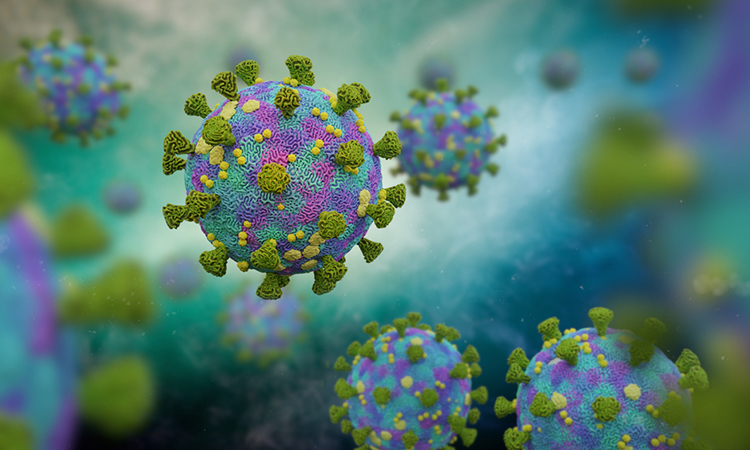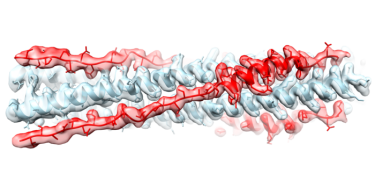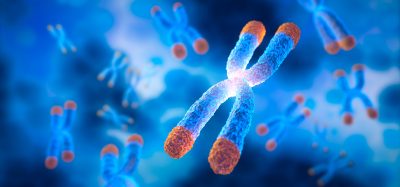Weaponising SARS-CoV-2 spike protein against itself to prevent infection
Posted: 21 February 2023 | Izzy Wood (Drug Target Review) | No comments yet
By creating a drug that is based on part of the SARS-CoV-2 spike protein, US and Finnish researchers can block the virus from entering cells.


Researchers at Stanford University, and collaborators at University of California Berkely, Harvard Medical School, US, and University of Finland, have generated a molecule based on the twisted part of the spike protein (HR2), which sticks itself onto the virus SARS-CoV-2 and prevents the spike protein from twisting.
The virus that causes COVID-19, called SARS-CoV-2, uses its spike protein in order to stick to and infect our cells. The final step for the virus to enter our cells is for part of its spike protein to act like a twist tie, forcing the host cell’s outer membrane to fuse with the virus.
The new research, published in the Proceedings of the National Academy of Sciences , showed that it prevents cells from infection even with new SARS-CoV-2 variants. The work will also be presented today at the 67th Annual Biophysical Society Meeting in San Diego, US.
Other treatments for COVID-19 have worked by sticking to the outside of the spike protein to block it from infecting cells, but also had drawbacks.
For example, bebtelovimab was an antibody treatment that targeted the spike protein, however, it did not work well against new COVID-19 variants because that part of the spike protein has mutated over time. The team are hopeful that their molecule, which they call the longHR2_42 inhibitor, is lead compound to develop a new type of antiviral therapeutic to prevent infections, even with new variants.
The reason the longHR2_42 inhibitor may work against an evolving virus is that it is based on part of the spike protein that has not mutated. “In the virus, there are two parts of the spike protein that come together forming a bundle. So, we simply took a short piece of one part of this bundle, and by synthesising that small piece chemically, it can insert itself into the spike protein and prevent the virus from infecting cells,” Axel Brunger, from Stanford University, explained.


Cryogenic electron microscopy structure of the longHR2_45 inhibitor (shown in red) bound to the HR1 part of the SARS-CoV-2 spike protein (shown in light blue). (Image credit: Kailu Yang) .
Past research from before this COVID-19 pandemic aimed to create a similar molecule that would work to block infection of the SARS coronavirus, but those past attempts were not as effective as the longHR2_42 inhibitor.
The new molecule seems more effective than past attempts because the researchers were able to determine a detailed structure of the twisted together parts of the SARS-CoV-2 virus, called the post-fusion HR1HR2 complex. They knew longer molecules would help block the spike protein from twisting into the HR1HR2 complex in the first place.
The team is currently testing the longHR2_42 inhibitor in mice infected with SARS-CoV-2. They are hopeful that they will be able to deliver it to people via an inhaler so that it gets to the airway, which is exactly where you want to treat an early infection to prevent infection from becoming severe.
Related topics
Covid-19, Drug Development, Protein, Protein Expression, Targets, Therapeutics
Related conditions
Covid-19, SARS-CoV-2
Related organisations
Harvard Medical School, Stanford University, University of California Berkely, University of Finland
Related people
Axel Brunger








